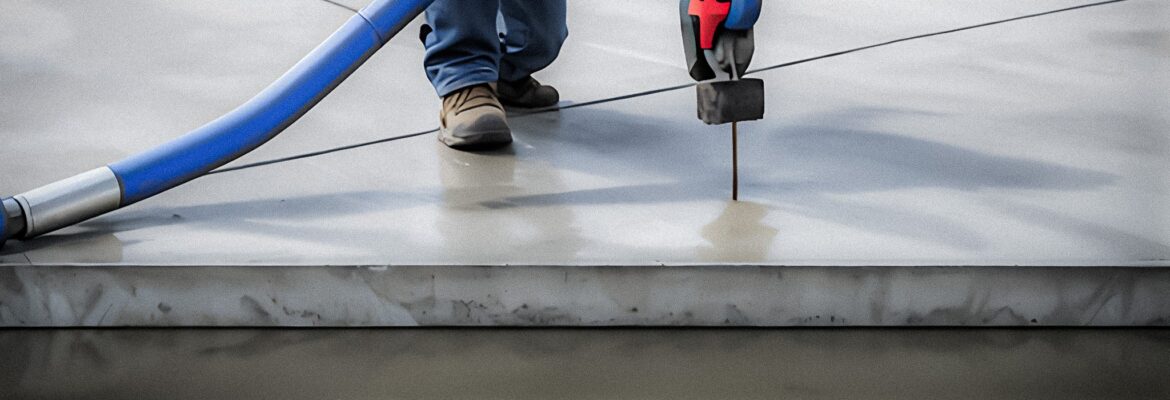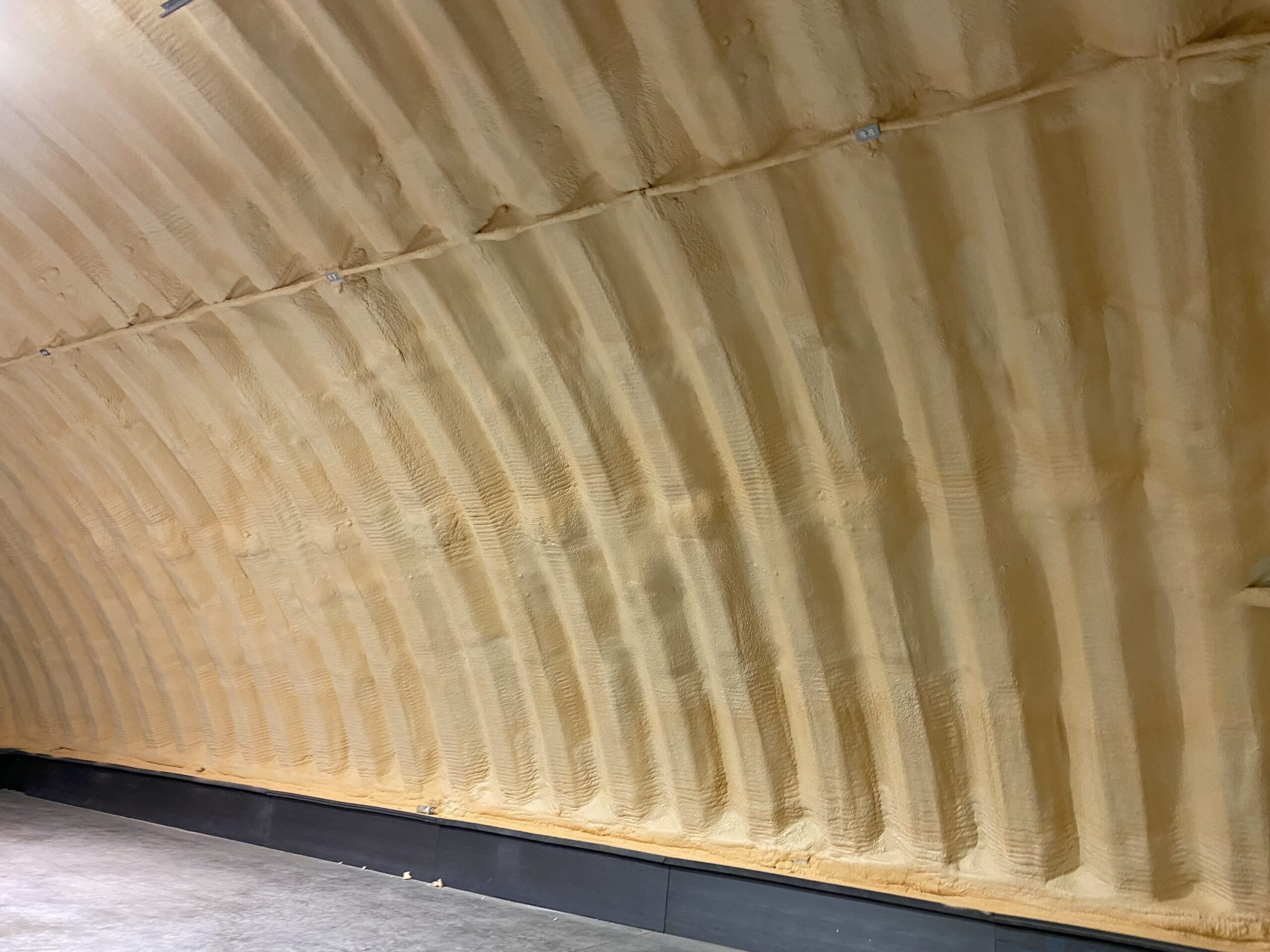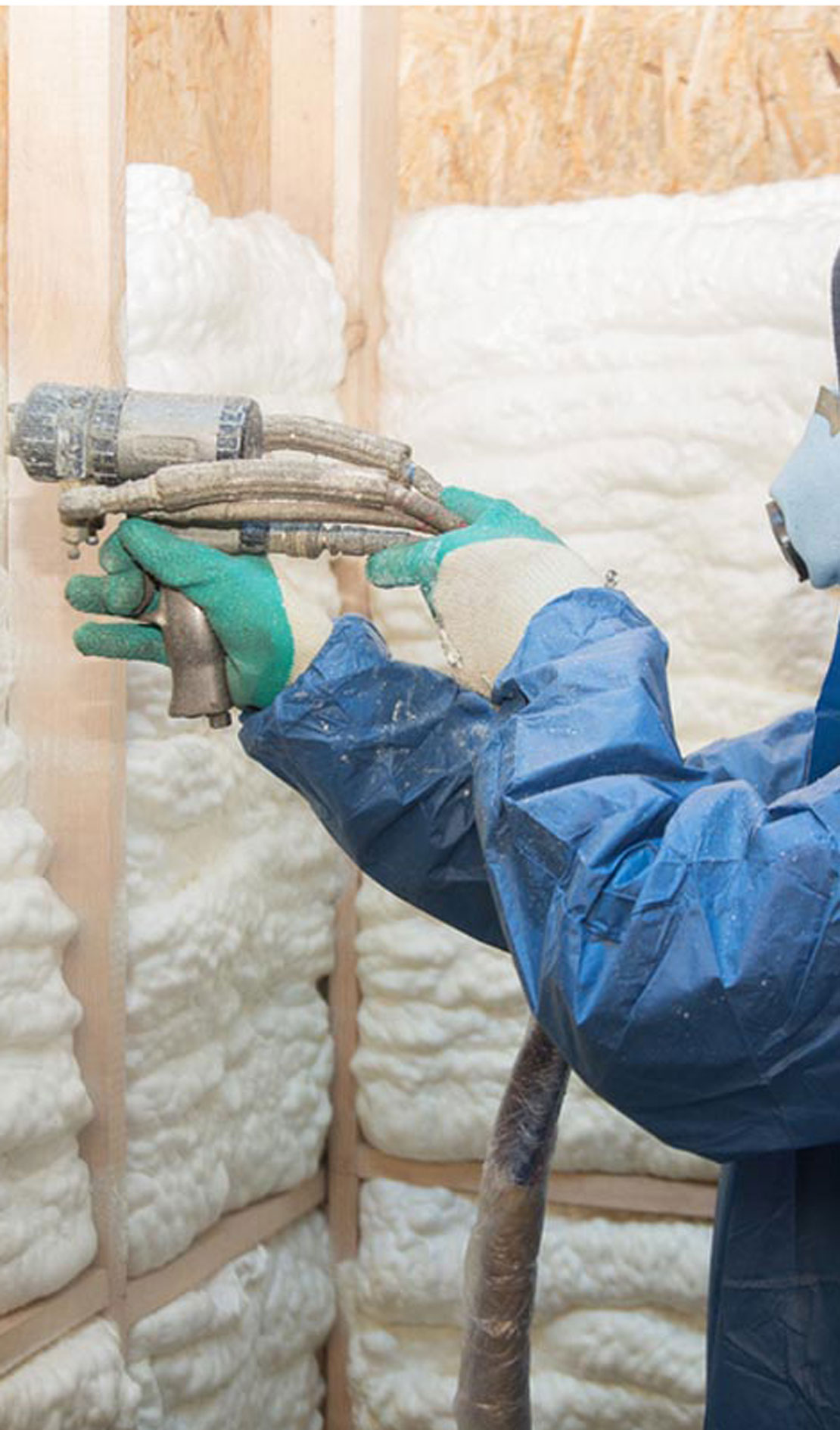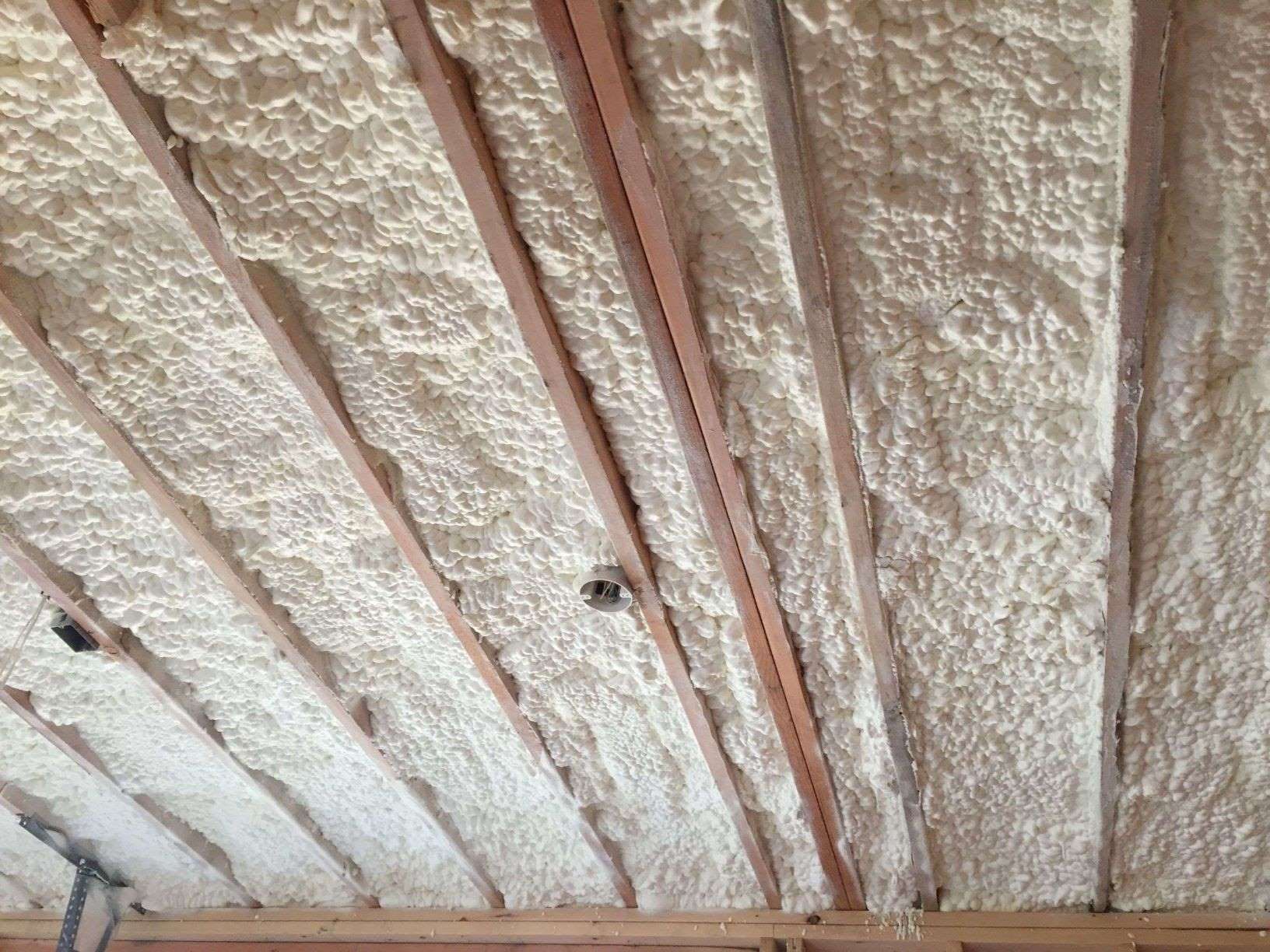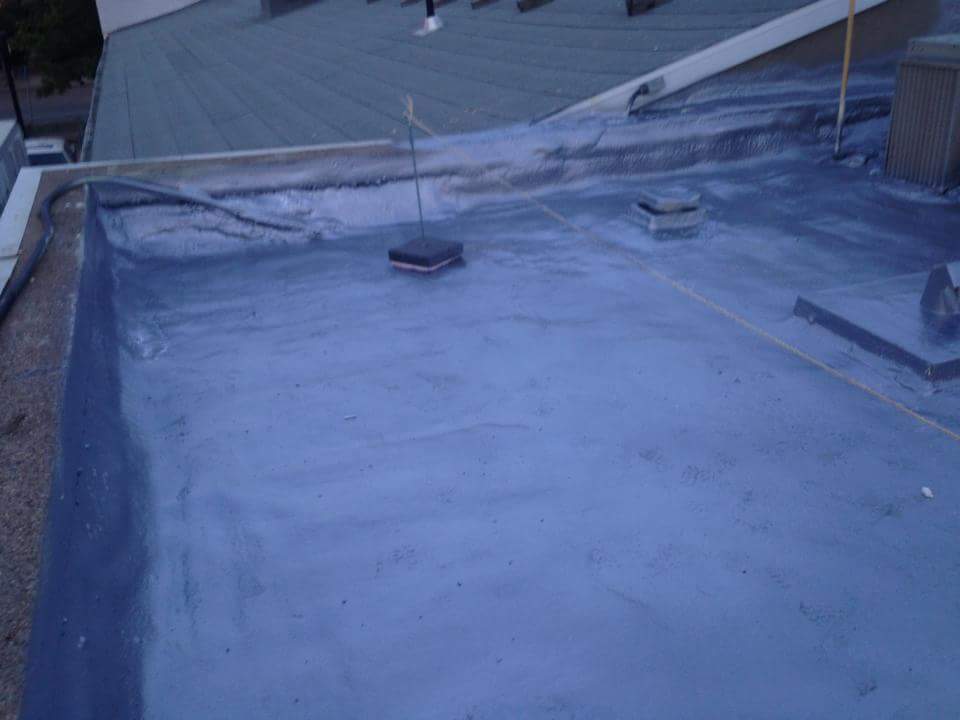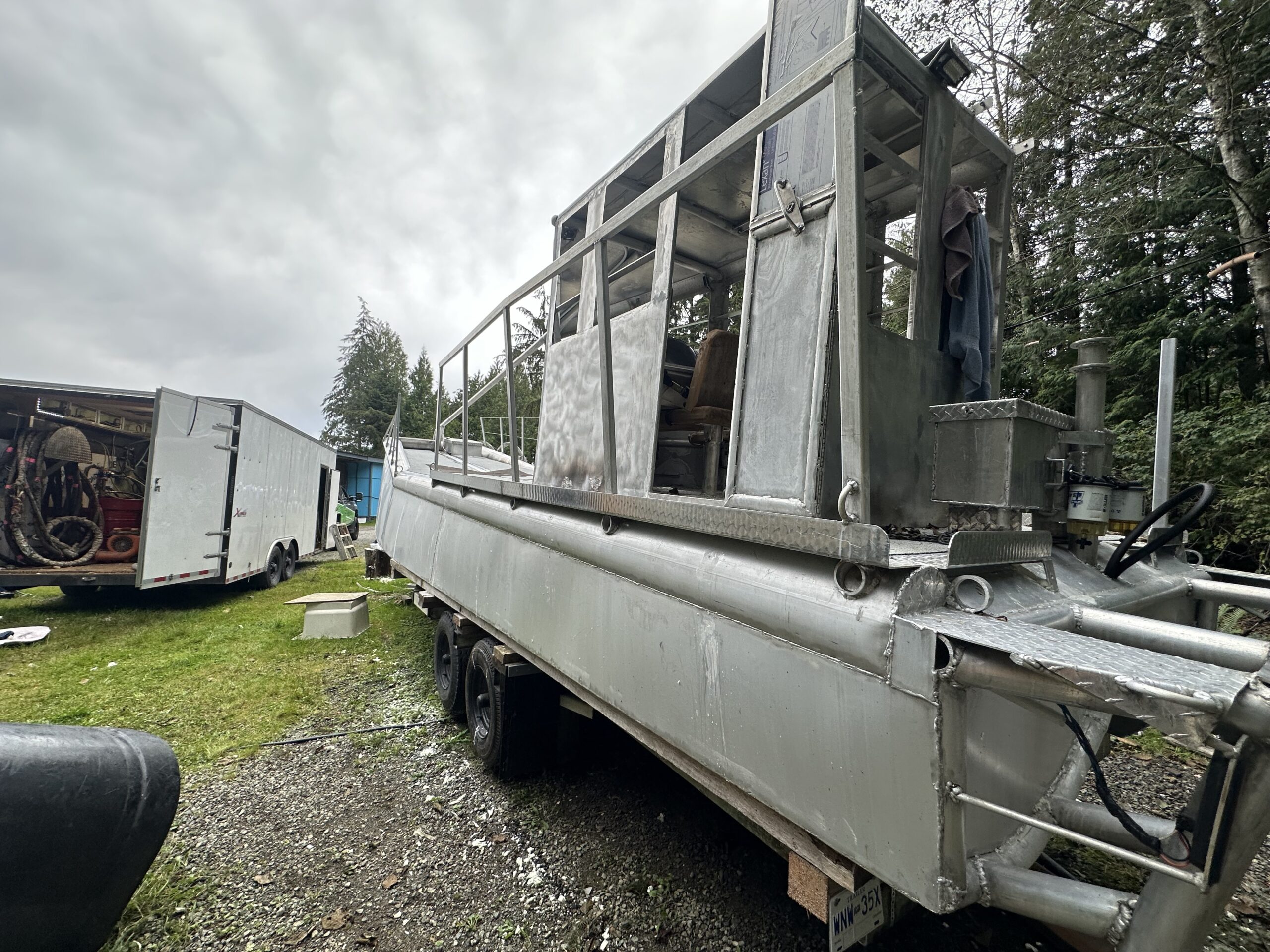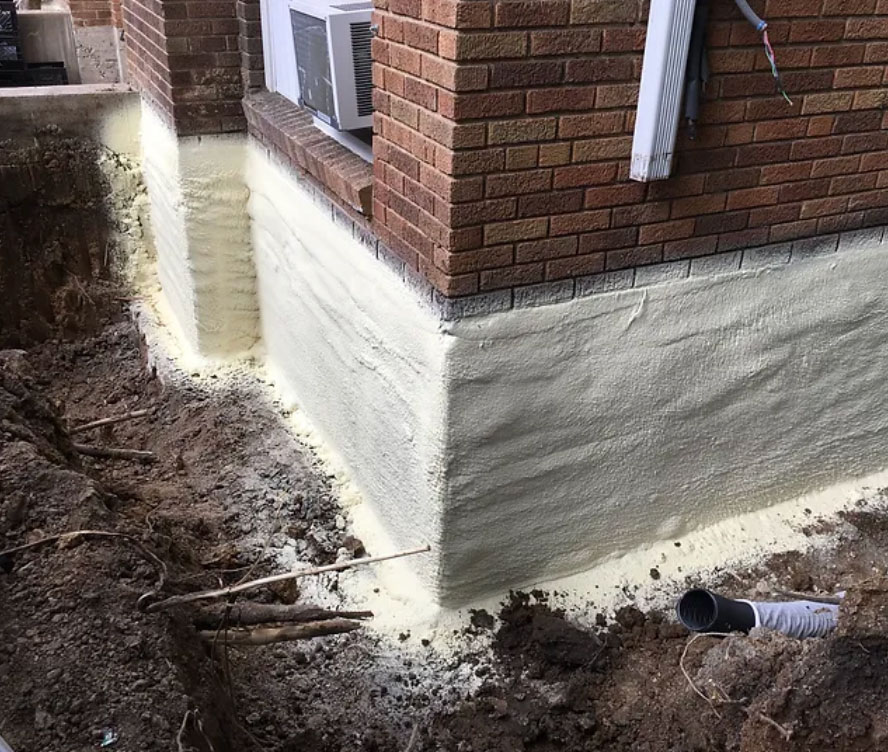Foam Slab Jacking
Foam slab jacking, also known as polyurethane foam injection, is an innovative method for repairing sunken concrete slabs, commonly used in residential, commercial, and industrial applications. This technique is particularly useful for addressing problems such as uneven or sinking driveways, sidewalks, foundations, garage floors, and patios.
How Foam Slab Jacking Works
The process involves injecting a specially formulated polyurethane foam under a sunken concrete slab. Here’s a step-by-step breakdown of how foam slab jacking works:
1. Preparation: Small holes, typically 5/8-inch in diameter, are drilled into the concrete slab where the sinking or settling has occurred. These holes provide access for the injection of the foam.
2. Injection: A high-density polyurethane foam is injected into the voids or gaps underneath the slab through these drilled holes. As the foam is injected, it begins to expand, filling the voids and lifting the concrete slab back to its original position.
3. Curing: The foam reacts quickly, expanding within seconds, and starts to cure within minutes. This process not only lifts the slab but also stabilizes the ground underneath by filling voids and compacting the soil, which helps prevent further settling.
4. Finishing: Once the foam has cured, the drilled holes are filled, and the area is cleaned. The concrete slab is now level and stable.
Benefits of Foam Slab Jacking
1. Quick and Efficient: Foam slab jacking is a relatively fast process, often requiring only a few hours to complete, and it can be used in both residential and commercial settings with minimal disruption.
2. Cost-Effective: Compared to traditional methods like mudjacking (which uses a cement slurry), foam slab jacking is often more affordable due to the reduced need for heavy equipment and labor.
3. Minimal Disruption: The injection process involves small holes, so there is less mess and damage to the surrounding areas. The concrete surface usually remains intact, and the work area is easily cleaned up.
4. Long-Lasting Results: The polyurethane foam used in slab jacking is resistant to moisture, which helps prevent the recurrence of the problem in wet or variable conditions. It also provides lasting support by stabilizing the soil beneath the slab.
5. Eco-Friendly: Polyurethane foam is lightweight and requires less material to achieve the desired results, making it a more environmentally friendly option compared to other methods.
6. Versatility: Foam slab jacking can be used on a wide range of concrete surfaces, including foundations, driveways, patios, pool decks, and roads.
When to Use Foam Slab Jacking
This method is ideal when concrete surfaces are sinking or settling due to shifting soil, moisture erosion, or poor compaction. It’s also effective in situations where traditional methods may be too costly or disruptive. Foam slab jacking is commonly used to repair:
- Sunken driveway slabs
- Uneven sidewalks
- Foundations with settlement issues
- Garage floors
- Pool decks
Limitations and Considerations
While foam slab jacking is highly effective, it does have some limitations. For example, it may not be the best solution for extremely large slabs or cases where the concrete is severely cracked or damaged. In such cases, replacing the slab may be more practical. Additionally, the long-term effectiveness depends on the condition of the soil and the underlying factors contributing to the sinking.
Conclusion
Foam slab jacking is a modern, efficient, and cost-effective solution for lifting and stabilizing sunken concrete slabs. Its quick installation, minimal disruption, and long-lasting results make it a popular choice for homeowners and businesses seeking a durable and environmentally friendly alternative to traditional concrete repair methods.
